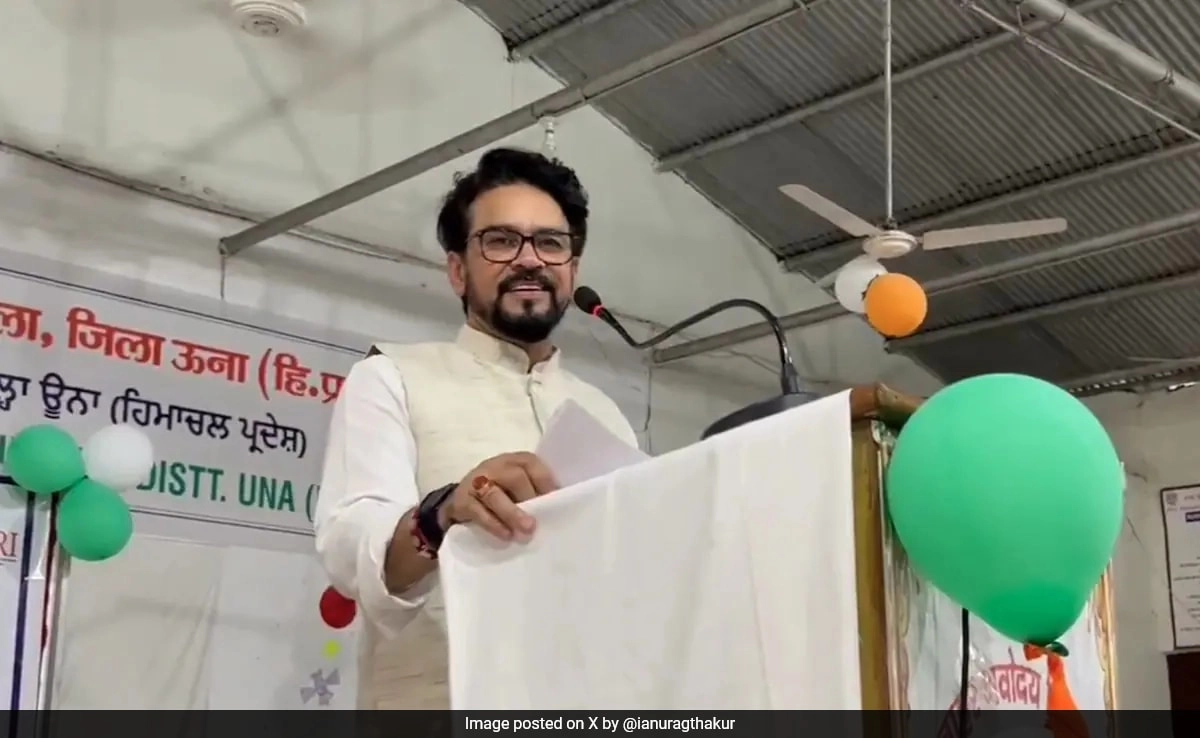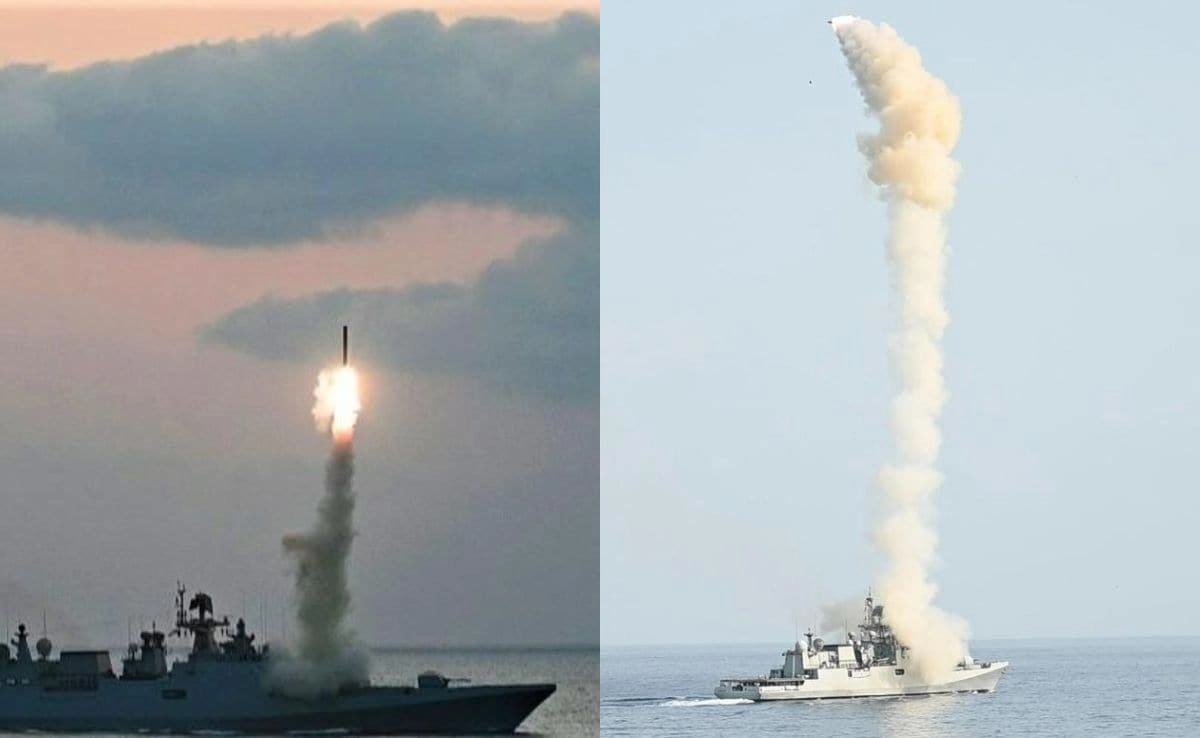During a recent interaction with students, BJP MP Anurag Thakur made a thought-provoking statement, suggesting that Hanuman Ji, a revered figure in Hindu mythology, could be considered the first space traveler. This assertion was shared during an event aimed at inspiring young minds to explore scientific thinking and innovation. Thakur’s remarks not only evoke the rich tapestry of Indian culture but also aim to bridge traditional narratives with modern scientific pursuits.
By referencing Hanuman Ji, who is known for his extraordinary feats and divine abilities, Thakur sought to instill a sense of pride in India’s ancient wisdom while encouraging students to think beyond conventional boundaries. The MP emphasized that the stories from ancient texts can offer valuable insights and inspiration for contemporary challenges, particularly in fields like science, technology, engineering, and mathematics (STEM). This connection between mythology and modernity is an attempt to foster a sense of curiosity and innovation among the youth, urging them to explore the unknown, much like Hanuman Ji did in his legendary journeys.
Thakur’s comments also serve to highlight the importance of cultural heritage in shaping young minds. By framing Hanuman Ji as a symbol of exploration, he encourages students to view their own potential through a lens of greatness and achievement. Such narratives can inspire a new generation to pursue careers in space exploration and technology, emphasizing that India’s contributions to these fields can be traced back to its rich cultural heritage. This blend of mythology and scientific aspiration aims to empower students, motivating them to engage with their studies passionately and creatively.
In an era where space exploration is at the forefront of global scientific endeavors, invoking figures like Hanuman Ji can serve as a powerful motivational tool. It challenges students to think expansively about their capabilities and the possibilities that lie ahead. The discussion around such themes not only enriches their understanding of history and culture but also nurtures their ambitions to make significant contributions to the world. Through this narrative, Thakur aims to bridge the past with the future, encouraging students to dream big and strive for excellence in their pursuits.




